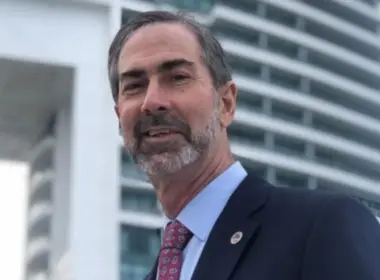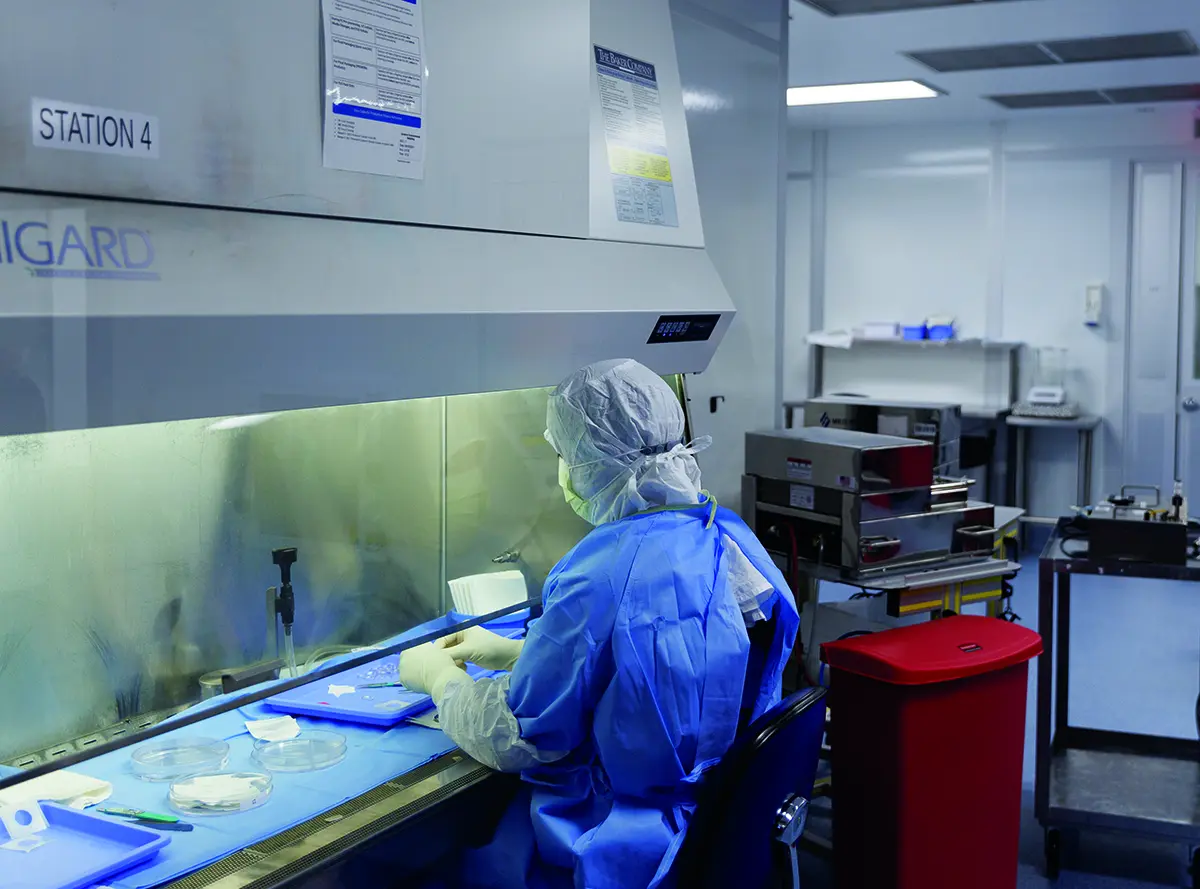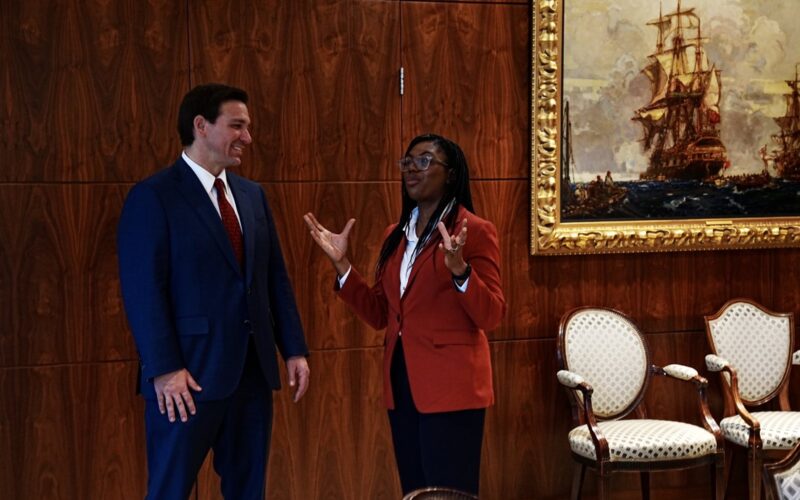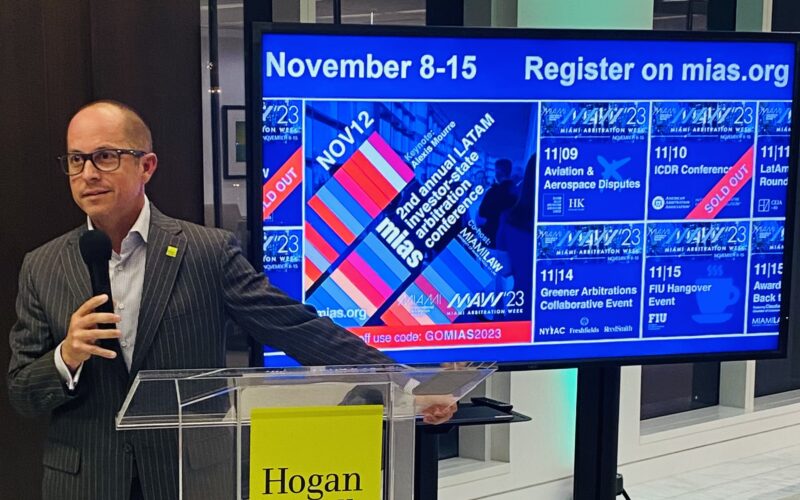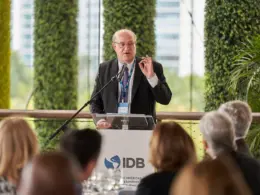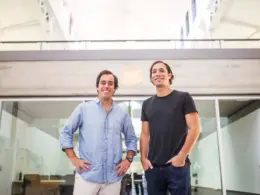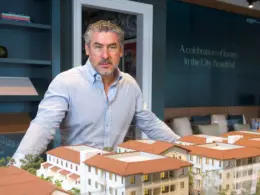A surprise journey leads to healing therapies
BioTissue co-founder Dr. Scheffer Tseng has developed and monetized what may be some of the most innovative healing products in the biotech sector today. Still, Tseng says it all came about fortuitously, beginning with his and his wife Amy’s immigration to the United States after her family initially frowned upon their union.
It was the 1970s. Tseng had finished his medical studies and Amy had already moved to California. At that time, higher education was the only immigration path Taiwan officials granted. So, Tseng followed, ending up in the experimental pathology PhD program at the University of California San Francisco, where he focused on cell research.

“From that point forward, I didn’t have a big plan,” says Tseng. “[But] life is very interesting when you follow your heart.” What his romantic pursuit led to is BioTissue, a Miami-based biotech company that in the next 24 months anticipates sales north of $100 million.
Tseng, along with BioTissue President and CEO Ted Davis, sat down for an interview at the company’s Miami headquarters, just a few minutes away from its Doral laboratory. The lab is where donated amniotic tissues are processed into products designed to promote and speed non-scarring healing. These include BioTissue’s first product, Prokera, a corneal bandage which looks like a contact lens for eye injuries. It was a direct result of Tseng’s openness to chance.
Referred by a colleague, the newly minted UC San Francisco PhD was accepted into a surgical ophthalmology residency at Baltimore’s Johns Hopkins University School of Medicine. Not confident in his English fluency at the time, Tseng decided against a patient-centered practice in favor of surgery. During that surgical residency, Tseng researched the therapeutic use of stem cells – undifferentiated cells that can become the specialized cells which comprise organs, blood, bones and so forth.
At John Hopkins, Tseng developed the first surgical procedure to transplant stem cells from one eye of a patient to the other. “We established an incredible reputation, but at the same time we realized the stem cell transplant does not always work. There was something missing,” he said, noting the procedure’s 95 percent success rate.
That missing 5 percent tantalized Tseng. “I am always more interested in problems and challenges than success – something successful to me is gone,” he says. He was soon on the trail that would eventually lead to BioTissue.
After completing a fellowship in cornea and external diseases at the Massachusetts Eye and Ear Infirmary, Tseng left the northeast in 1986 for Bascom Palmer Eye Institute, part of the University of Miami Health System. It was there that he discovered what he calls “the soil.” That is the molecule HC-HA/PTX3 (Heavy Chain Hyaluronic Acid/ Pentraxin3 complex, for the chemistry-curious), a kind of substrate for other cells. “It becomes the best magic-grow molecule you can find,” Tseng says, a cellular platform that provides an environment for regenerative healing.
Using that molecule, which technicians refine from donated amniotic tissue, the company makes several products along with Prokera. These include bandage-sized tissues that can be used in surgeries, and an injectable form.
The molecule HC-HA/PTX3 has amazing versatility, Tseng explains. “It has multiple actions – making sure inflammation does not go out of control [and preventing] tissue from forming scar tissue.” It also creates a welcoming environment for stem cell regeneration.
“The earlier you do it the better – it becomes a night-and-day difference,” – Tseng.
Tseng didn’t aim to form a company, but when other doctors were asking for the product, his wife Amy (who is a CPA with an MBA) said they should create their own firm. So BioTissue was launched in 1997, with Prokera as their first product. Amy Tseng was CEO from the inception until 2022, when she stepped down and was replaced by Ted Davis.
With help from National Institute of Health grants, the company was self-funded until 2019, when BioTissue brought in outside investors EW Healthcare Partners and Ballast Point Ventures. Today, BioTissue holds more than two-dozen patents. CEO Davis says that some 790,000 patients have been treated with its products. Of the company’s 300-plus employees, 80 work in the Doral laboratory, with another 80 scattered around the country in sales positions. The rest are in the Miami headquarters. The company’s in-house team, Sharing Miracles, coordinates tissue donation, a process overseen by the FDA.
Now, says company CEO Ted Davis, BioTissue is working toward FDA biologic license approvals, which, he explains, is a higher bar than medical device or tissue regulations, their current regulatory pathway. Clinical trials are ongoing.
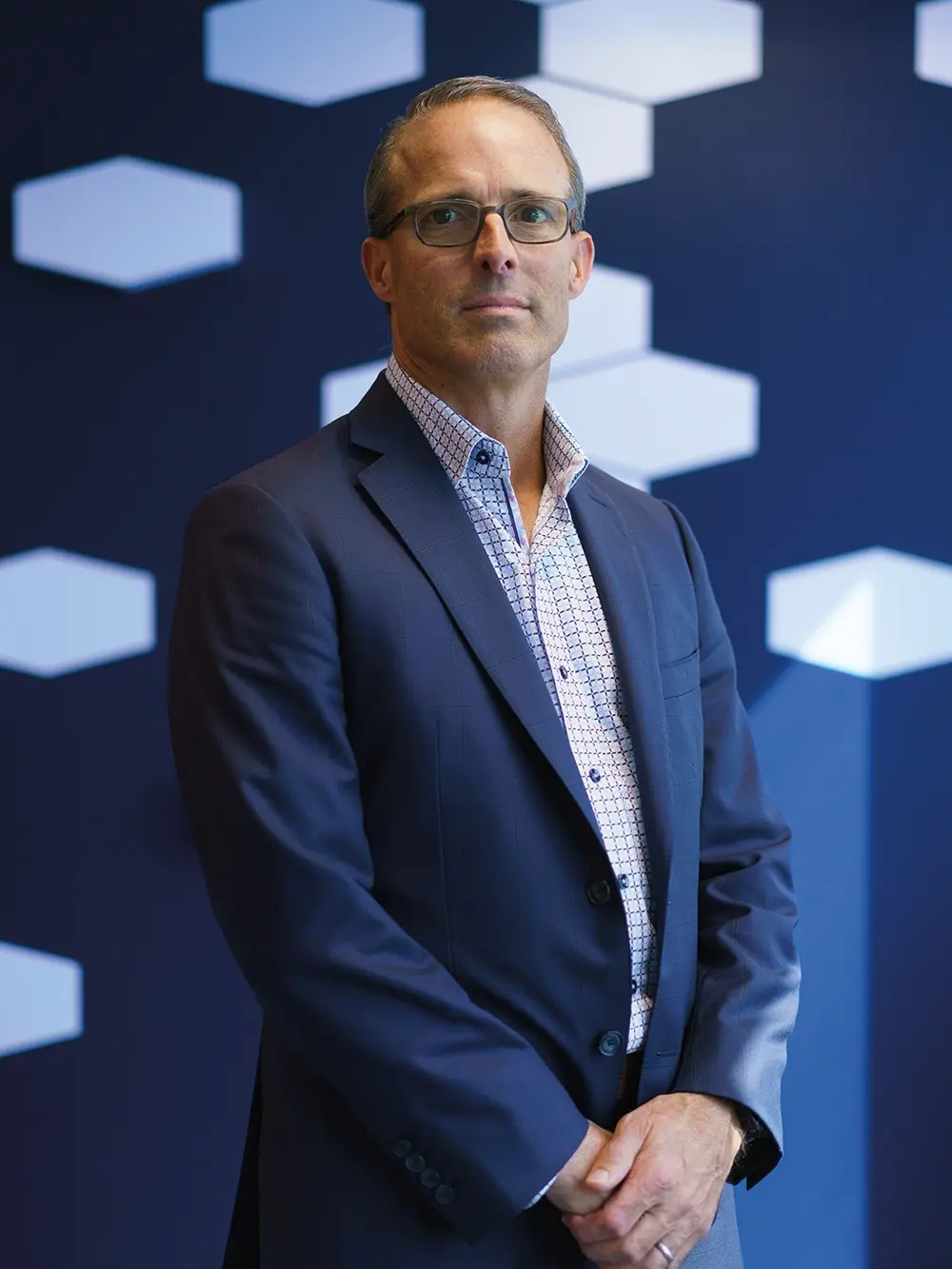
“Our biggest challenge is also our tremendous opportunity,” Davis says, referencing the platform technology based on HC-HA/PTX-3. “We have to choose carefully which programs to prioritize for commercialization, given the many different applications to choose from.” One focus is extending the product line based on Prokera, the ocular bandage.
But research is ongoing to find other applications for BioTissue products. “Right now, the most cutting-edge work is for diabetic foot ulcers,” Tseng says. “The second one is for an injectable for osteoarthritis.”
As the company grows and more applications for its technology are crafted, Tseng says the future for healing products remains bright, hoping that “what has been built may last.”



